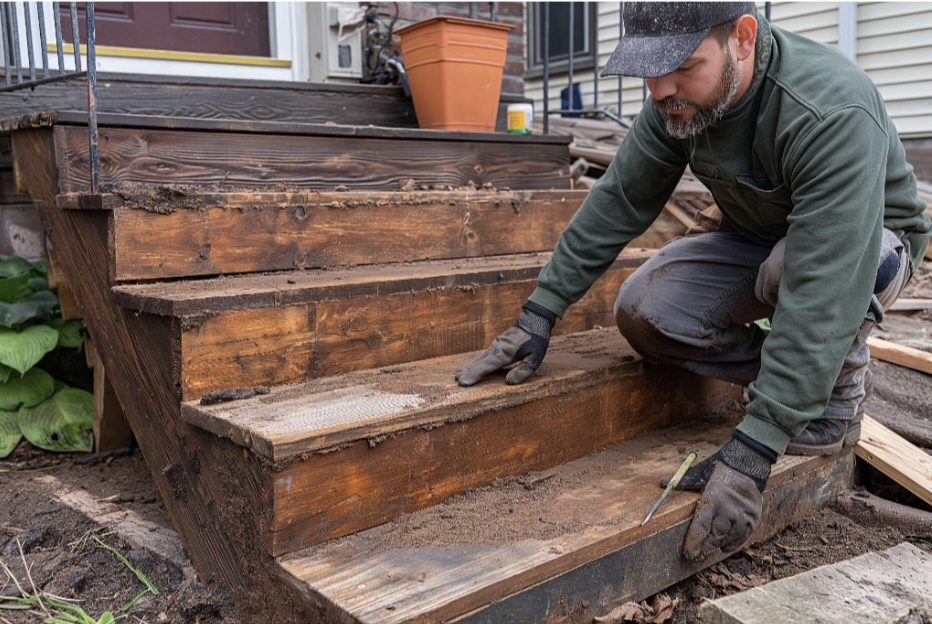Window blinds are a versatile and functional window treatment option that can enhance the aesthetics and functionality of any space. Whether you’re looking to upgrade your home decor or increase privacy and light control, installing window blinds is a relatively simple DIY project that can be completed in just a few easy steps. If you’re ready to tackle this project yourself, follow this comprehensive guide on how to install window blinds with ease.
Step 1: Gather Your Materials
Before you begin, gather all the necessary materials and tools for the installation process. You’ll typically need the following:
- Window blinds
- Mounting brackets
- Screws
- Screwdriver or drill with screwdriver bit
- Measuring tape
- Pencil
- Level
Make sure you have the correct size and style of blinds for your windows, as well as the appropriate mounting hardware, advises the AIM Real Estate Management experts.
Step 2: Measure Your Windows
Start by measuring the width and height of your windows to determine the size of blinds you’ll need. Measure the inside width of the window frame at the top, middle, and bottom, and use the smallest measurement as your width. For the height, measure from the top of the window frame to the windowsill or desired length for the blinds.
Step 3: Mark Mounting Locations
Using a pencil, mark the mounting locations for the brackets on the inside of the window frame or the wall above the window. Typically, you’ll need to install brackets at each end of the blinds and one or two additional brackets spaced evenly along the width of the window, depending on the size and weight of the blinds.
Step 4: Install Mounting Brackets
Using a screwdriver or drill, attach the mounting brackets to the window frame or wall using the screws provided. Make sure the brackets are level and securely attached to support the weight of the blinds. If you’re installing the blinds inside the window frame, ensure that there is enough clearance for the blinds to operate smoothly without obstruction.
Step 5: Attach the Blinds
Once the brackets are installed, it’s time to attach the blinds. Depending on the style of blinds you have, you may need to snap them into place on the brackets or slide them onto the brackets from the front or side. Follow the manufacturer’s instructions for your specific type of blinds to ensure proper installation.
Step 6: Secure the Blinds
After attaching the blinds to the brackets, secure them in place by closing the bracket covers or tightening the screws, depending on the style of brackets. Ensure that the blinds are level and centered within the window frame for a polished and professional-looking installation.
Step 7: Test the Operation
Once the blinds are securely installed, test their operation by raising and lowering them using the lift cord or wand control. Ensure that the blinds move smoothly and evenly without sticking or binding. If necessary, make any adjustments to the brackets or blinds to ensure proper operation.
Step 8: Add Finishing Touches
Finally, add any finishing touches to complete the installation process. Trim any excess lift cord or wand control to the desired length and secure the ends with cord stops or safety tassels. Clean the blinds and window area to remove any dust or debris from the installation process, and enjoy your newly installed window blinds!
In conclusion, installing window blinds is a straightforward DIY project that can be completed in just a few simple steps. By following this comprehensive guide and using the right tools and materials, you can achieve a professional-looking installation and enjoy the benefits of stylish and functional window blinds in your home. So, roll up your sleeves, grab your tools, and get ready to transform your windows with beautiful blinds!





